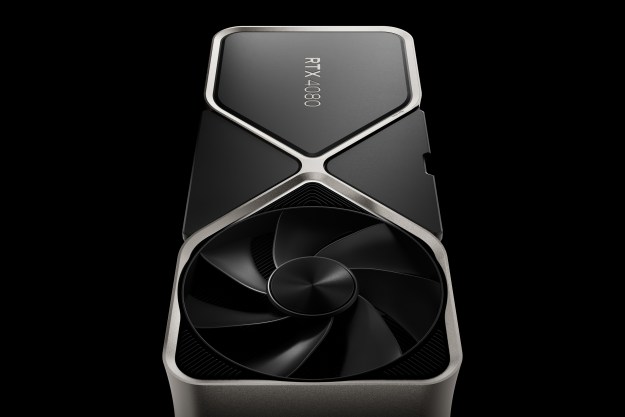
Traditionally, Nvidia’s companion software lets you update drivers, automatically optimise games for your hardware and record your in-game antics. However, the new edition lets you stream your game to a second party, giving them the chance to play as if they were at home with you.
There are three modes of play. The first is passive mirroring, which lets a remote viewer watch what the local player is doing; the secondary, more active option which allows both players at either end to control the same character; and a full blown cooperative experience, which lets a second player control whatever two-player co-op character or feature the game has.
The technology behind this technique is something that Nvidia has worked on over the past few years with its Shield tablet streaming. However, the added distance and potential latency issues that may arise with more remote streaming do mean that gameplay will (initially at least) be limited to 720P resolution and 60 frames per second.
Despite those limitations, Nvidia is still recommending at least a 6Mbps upload speed for the local player. That’ll likely rule out most mobile Wi-Fi hotspots, so you’ll need to be at home or otherwise connected to a wired network to enjoy the feature.
Also, the feature will only work with games that support Nvidia GameStream. The list currently includes several hundred games, but it’s far from all-encompassing — check out the support list on Nvidia’s website.
GeForce Experience Share will have an early access beta prior to the full release. It’s expected that the beta will be available next month, with the full release following after an indeterminate period of time.
Editors' Recommendations
- World of Goo 2 might just be the Nintendo Switch’s next must-own co-op game
- The best co-op games on Xbox Series X
- The best co-op games for 2023
- Is Resident Evil 4 co-op?
- Upcoming RTX 4070 may not succeed unless Nvidia makes a key change





